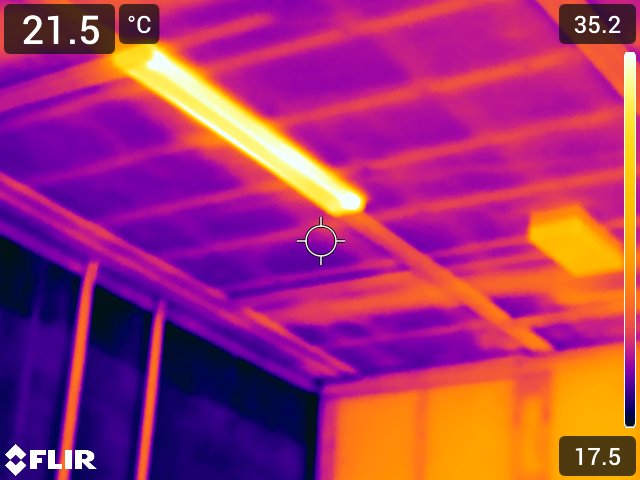Published on
Posted by Stephen Gleeson
Asbestos facts:
- Russia is the world’s largest producer of asbestos, with an annual production of around 700,000 million metric tons in 2022
- Asbestos fibres are tiny / microscopic. They are 50 to 200 times thinner than a human hair
- The main use of Friable Asbestos in Australian homes was insulation
- People renovating / fixing up old homes more often than not unknowingly expose themselves to asbestos fibres
- Chrysotile / White Asbestos (serpentine) accounts for approximately 95% of all Asbestos used in the world
- The Amphibole varieties of asbestos, of which there are five, include: Brown, Blue, Actinolite, Anthophylite and Tremolite characteristically have needle like fibres and are considered the most dangerous
- Australia, at one time, won the gold medal for the highest use of asbestos, per capita, in the world (1940 – 1980)
- There is an estimated 7 million tonnes of ACM (Asbestos Containing Materials) in Australia currently. To put this into perspective, roughly 7 Sydney Harbour Bridges
- Asbestos cement products make up approximately 95% of the remaining asbestos in the built environment
- 1 in 3 / 33.3% of homes built prior to 1990 contain some forms of ACM
- Asbestos, to this day, is still widely used in the majority of countries in the world, although worldwide consumption halved in the past decade to 1.3 million tonnes in 2022
- Asbestos exposure is the No. 1 cause of work-related deaths in the world
- Asbestos products in Australian buildings are anywhere between 30 to 100 years old
- Ageing asbestos products, in Australian homes, are starting to degrade / breakdown, increasing the risk of becoming friable and releasing fibres
- With the current rate of ACM removal, at around 1 million tonnes a decade, Australians will still be at risk of exposure into the next century
- It is estimated that over 6,000 tonnes of ACM’s are illegally dumped in Australia yearly
- 21% of Australia’s hazardous waste is asbestos
- Homeowners mostly know that asbestos is dangerous but have little idea of where it is found in the home and how to protect themselves
- Amphibole types of asbestos fibres, such as crocidolite (blue asbestos) and amosite (brown asbestos), are hydrophobic, meaning they repel water. In contrast, chrysotile (white asbestos), the most common type, is hydrophilic and absorbs water
- …water-repellent asbestos fibres complicate removal by making it difficult to keep them wet enough to prevent dust generation
- When asbestos was banned in Australia, in 2003, the ban only applied to new materials, not to ones that were already in place!
- Australia still has approximately 40,000 km of asbestos cement drinking / AC water pipes in use
- The weight of evidence from epidemiological and animal studies does not state that drinking water from asbestos AC pipes leads to an increase of developing cancer
- The WHO suggests that due to uncertainties and limitations in the available data, the concentrations of asbestos in drinking water should be minimised
- More people die from asbestos related diseases than by cars in the UK
- Chlorine for bleach, cleansers and disinfectants is produced using asbestos products
- Asbestos related cancer is one of the leading causes of work related deaths in Australia
- In the good old days asbestos was used in over 3,000 items, some of the more unusual include: X-mas decorations (fake snow dusted over X-mas trees), cigarette filters, children’s PJ’s, crayons, oven mitts, toilet cisterns, thread used by surgeons, talcum powder, toothpaste, some make up, wall paper and some imported children’s toys
- Building Inspection reports do not have to identify ACM’s (Domestic – Building Classifications: 1 & 10)
- The Australian Mesothelioma Centre predicts approximately 25,000 deaths over the next 4 decades from Mesothelioma. This equates to 625 deaths per year / 1.7 a day!
- Due to the long latency period of mesothelioma, most cases due to asbestos exposure in the workplace occurred before Australia’s asbestos ban took effect
- The world Health Organisation (WHO) state there is no known safe level of exposure to asbestos. No threshold has been developed below which cancer will not occur
- Mesothelioma sufferers have the lowest survival rate of ALL cancers!
- The following number of deaths in Australia in 2021 from diseases attributable to asbestos exposure:
- Lung cancer – 3,289
- Mesothelioma – 850
- Asbestosis – 160
- Ovarian cancer – 138
- Cancer of the larynx – 43
- Occupational exposure to asbestos is the 7th leading risk factor for cancer
- The only way to eliminate the risk of disease is to avoid exposure to airborne asbestos fibres
- Half / 50% of asbestos claims in Australia are against one company – James Hardie, with the company expected to pay out 1.8 billion dollars over the next 30 years
- Most exposures to asbestos occur in the workplace
- Increased asbestos removal from buildings can prevent up to 28,000 deaths by 2100
Common mistruths about Asbestos:
- Asbestos is no longer a problem since being banned
- You can easily identify asbestos by looking at it
- Asbestos is only dangerous if disturbed
- Asbestos was only used in commercial or industrial buildings not homes
- Short term exposure is not harmful.
Sources:
Various industry & agency publications
Asbestos Safety & Eradication Agency (ASEA) – Communicating Asbestos Facts & Figures Guide, March 2025.


